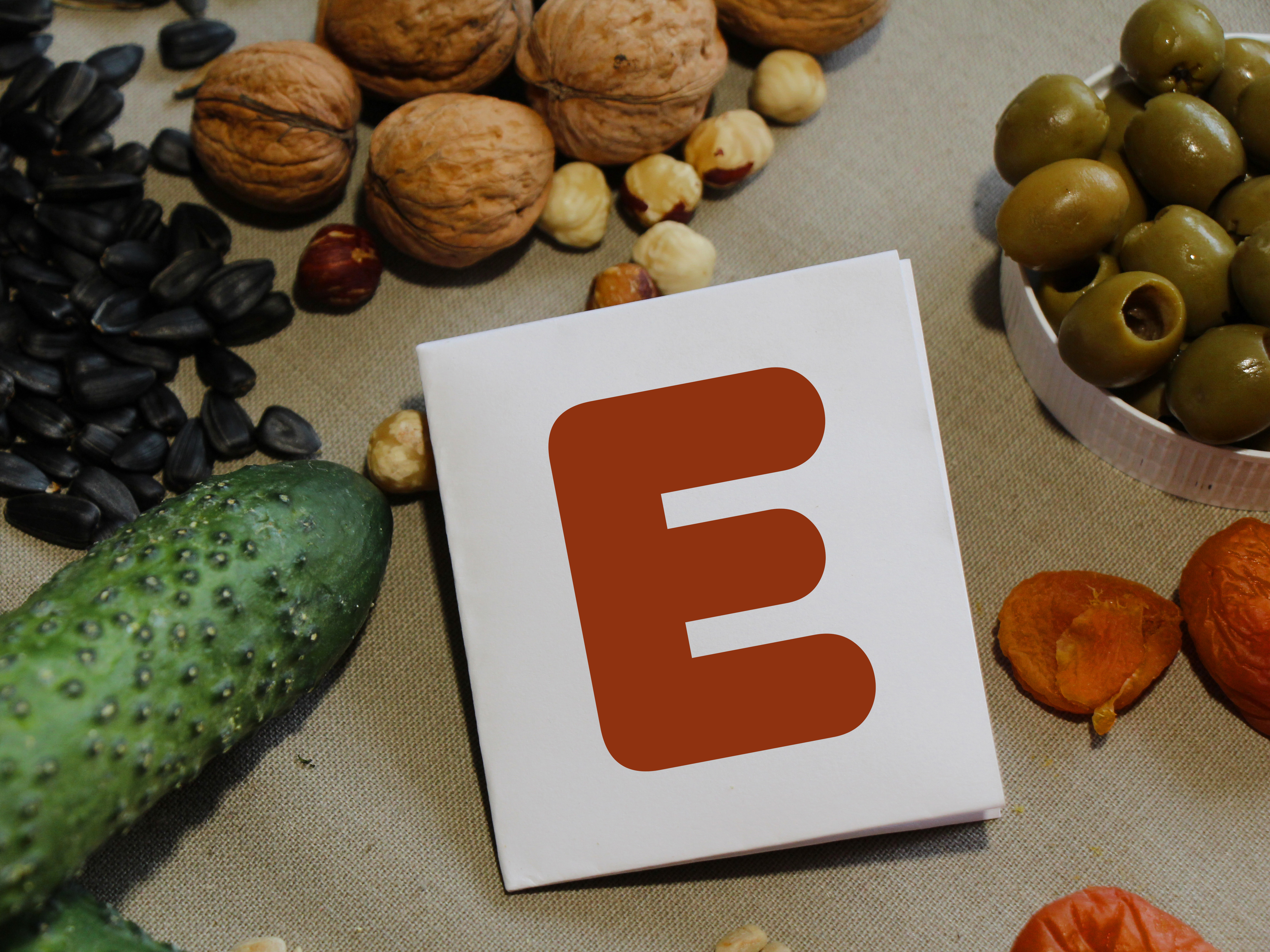Get Easy Health Digest™ in your inbox and don’t miss a thing when you subscribe today. Plus, get the free bonus report, Mother Nature’s Tips, Tricks and Remedies for Cholesterol, Blood Pressure & Blood Sugar as my way of saying welcome to the community!
The heart-healing remedy for our dangerous vitamin E deficiency

Widespread cardiovascular disease (and our vitamin E deficiency) started at the same time that flour millers started making white flour and bleaching it.
In 1918 the U.S. Supreme Court ruled that bleaching flour was a violation of the law because it is illegal to add any poison to any feed. But the law has never been enforced and millions have dropped dead of heart attacks and heart disease since then.
One of the things bleaching grains does is remove the vitamin E from it. Stale lifeless breads and other foods with processed grains are devoid of vitamin E. Wheat germ has lots of vitamin E, bread has none unless it’s “fortified” with synthetic vitamin E.
And there is no question about the relationship between vitamin E and a healthy heart. When vitamin E is taken out of the feed of test animals, at least half of them will drop dead within a year.
Signs of vitamin E deficiency
Oxygen requirements can rise 250% in humans when there is a deficiency of vitamin E.
Why is that important? Without enough vitamin E, your blood has to carry 2 1/2 times as much oxygen and your heart has to pump 2 1/2 times as much blood to keep your brain alive. So your heart has to work harder as it starves for vitamin E.
A sign of vitamin E deficiency in your body could be excess tartar in your mouth. A Bob Livingston Letter reader, Dr. Frank Bertrand, a dentist from Stilfontein, South Africa, discovered that the accumulation of tartar (dental calculus) on the teeth indicates a low level of vitamin E in the body and a relatively high level of free radicals.
Vitamin E is the strongest and most basic free radical-breaking antioxidant we know of. It’s so strong that all other antioxidants are measured against the strength of vitamin E. This measurement is called the ORAC scale.
And, since free radicals mean extreme inflammation resulting in cancer and chronic diseases, the accumulation of tartar on the teeth is an advance indicator of future cancer and/or heart trouble.
What you must do is to monitor your teeth and heed the warning to make sure you are eating fresh foods and avoid stale, processed foods that bring on inflammation.
Sources of vitamin E
Green, raw or barely cooked foods are almost all good sources of vitamin E. Wheat germ oil is one of the best sources. Don’t take synthetic “all-rac alpha tocopherol” vitamin E, the main ingredient in most cheap vitamin E supplements. It is worse than starvation.
Dr. Michael Cutler recommends looking for natural vitamin E, and mixed tocopherols and tocotrienols, so that you are including all eight forms of vitamin E, as nature intended.
Remember that vitamin E is one of the fat-soluble vitamins. That means you need to eat dietary fat so that your body can transport and absorb vitamin E. Avocadoes are a great source of healthy fats plus vitamin E, as are sunflower seeds. And don’t let anyone tell you peanuts are bad for you. They have good fats that help you absorb their high level of vitamin E.













